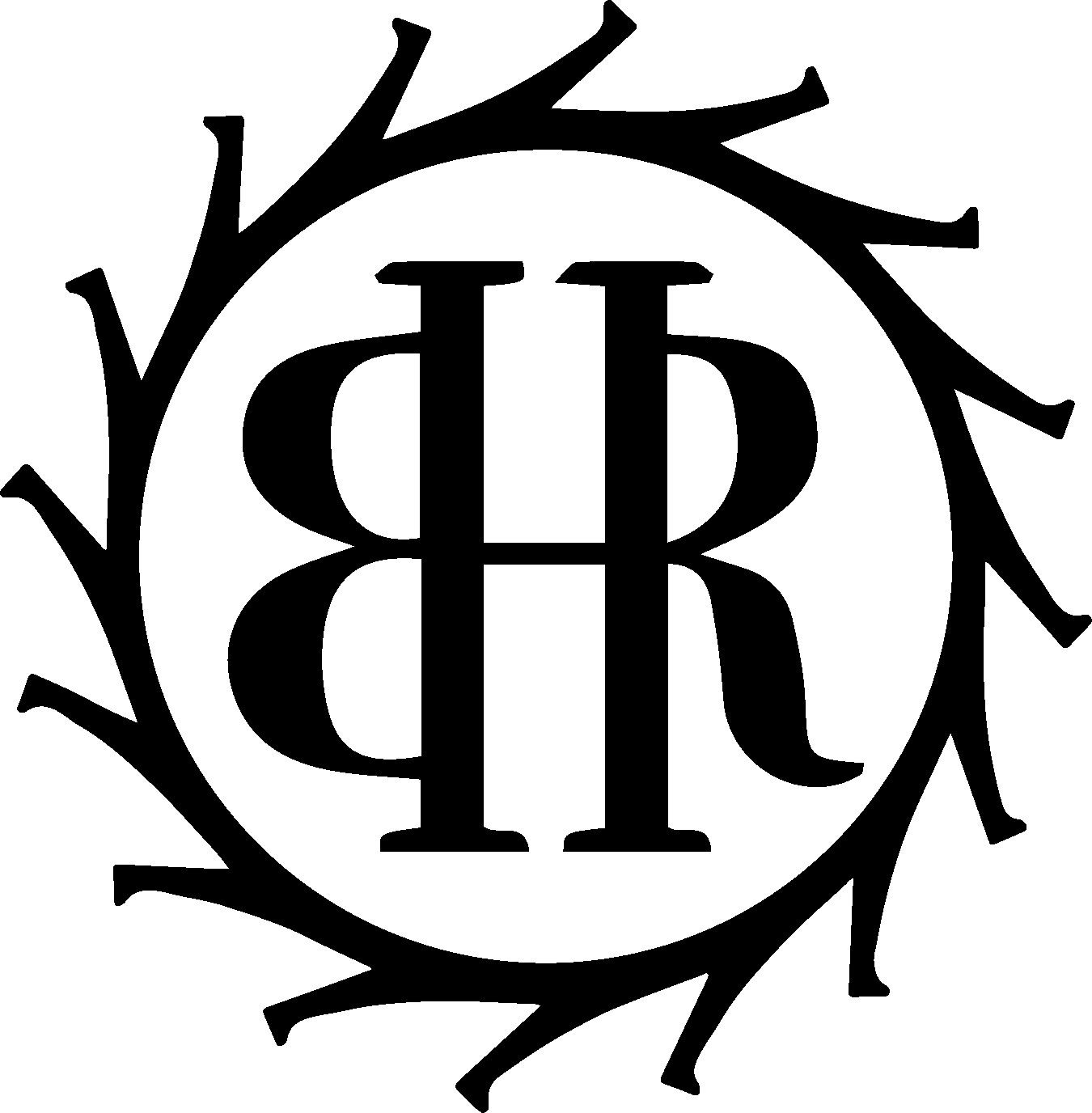Things You Should Know Before Buying a Vintage Omega Watch
Things You Should Know Before Buying a Vintage Omega Watch
Buying a vintage Omega watch is riddled with problems in my opinion. What one person thinks is “running perfect” and what another does are two different things. There are a couple of signs, tips and tricks you should know that will help you make more informed purchasing decisions.
Research is key: Before buying any vintage watch, it's important to do your research. Learn about the different brands, models, and styles that interest you, and understand the market value and potential risks associated with each.
Other things you should consider before taking the plunge and buying a vintage Omega watch are:
Condition, the condition of a vintage watch is one of the most important factors in determining its value.
Look for dings, dents and deep scratches, these can often indicate impact damage or a hard Life.
Vintage watches can vary in condition, so it's important to inspect the watch carefully for signs of wear and tear.
On a gold case look on the underside to see if the gold plating is removed. The gold plating can start to wear away exposing the bottom layer which is often ugly.
Does the dial have any water damage?
Any scratches or marks from previous repairers?
Is the lacquer peeling up or aged?
Are there any other stains, marks that look out of place?
Has the dial been repainted?
Are the hands nice or do they have water damage or any scratches or marks?
Look for watches that are in good working condition, with minimal signs of wear and tear.
Condition of the movement itself
Does the watch make any noises when you shake the rotor around?
Is there any signs of wear or damage on any of the bridges?
Is the movement plating coming off?
Any signs of rust?
Are there any parts that look out of place (not original)?
Get a timing, amplitude and beat error spec sheet. This will tell you a lot about how well the watch is running
Check reference numbers on the inside of the case back and the serial number on the movement. You can date the watch this way.
Service history of the watch
When was it last serviced?
Who did the last service?
What was completed as part of the service?
A service is recommended every 5 to 10 years depending who you talk to.
Authenticity
Authenticity is critical when buying a vintage watch.
Make sure you buy from a reputable seller and have the watch authenticated by a professional.
Due to the high demand for certain vintage brands, there are many fake and counterfeit watches on the market.
People will say anything to sell a watch. It is important to ask questions, if they don’t like that then consider walking away.
Rarity and History:
Vintage watches that are rare or have an interesting history can be more valuable than others.
How many were made over how many years?
How many variations of each model are there?
Understand the difference between Limited edition, small production numbers or unlimited production numbers.
Look for watches with interesting backstories or unique features.
Size and Fit:
Vintage watches tend to be smaller than modern watches, so consider the size and fit of the watch on your wrist.
Try on watches around 34mm, 36mm and 38mm and see how they look on your wrist.
Investment Potential:
Some vintage watches can be a good investment, but it's important to do your research and understand that the value of a watch can fluctuate.
Investing in watches isn’t based on any science, its a combination of supply vs demand and emotional and psychological factors.
Watch prices go up not because the watch has produced anything but because someone wants it more than someone else. At this point you are one step from a pyramid/Ponzi-scheme.
Be careful “investing” in watches because everyone else does it.
Buy what you love:
Ultimately, the most important thing when buying a vintage watch is to choose a watch that you love and will enjoy wearing.
Don't get too caught up in the potential investment value and forget to buy a watch that brings you joy.
Consider your personal preferences in terms of style, brand, and functionality when making a purchase.
There is nothing wrong with buying a lemon, as long as you get it for the right price. At OBR Horology we repair all types of vintage omega watches and we offer a no obligation quote. To organise this, contact me at repairs@obrhorology.com.au or 0423451991.
